Understanding Industrial Manipulators
Industrial manipulators are pivotal in modern manufacturing and material handling environments. These devices are engineered to facilitate the movement and positioning of heavy or awkward loads, enhancing operational efficiency and safety. The design of industrial manipulator arms allows for precise control, making them indispensable in various industrial applications.
Types and Applications
The versatility of industrial manipulators is reflected in their diverse types, such as dalmec manipulators, indeva manipulator models, and foundry manipulators. Each type is tailored for specific tasks, ranging from assembly line work to heavy-duty lifting in foundries. The application of these manipulators spans across industries, including automotive, aerospace, and metalworking, where they perform tasks like machine feeding, product assembly, and load transferring with enhanced precision and control.
Features and Flexibility
The core features of an industrial manipulator manufacturer's product line include flexibility and adaptability. Material handling manipulators are designed to grip, rotate, and lift objects with various geometries and surfaces. This flexibility is crucial in settings where a range of movements is required to handle different materials efficiently. The arms can be pneumatic, electric, or hydraulic, each offering distinct advantages in speed, accuracy, and power source adaptability.
Advantages of Utilizing Manipulators
Employing industrial manipulator arms in operations can significantly reduce the risk of workplace injuries, particularly those related to musculoskeletal disorders from repetitive strain. Moreover, these systems contribute to enhanced productivity by streamlining the handling process, allowing for quicker and more efficient movement of goods. The adaptability of devices like the dalmec lift assist and indeva lift assist ensures that they can be integrated into various stages of the production line, further optimizing workflow.
Selection Considerations
When selecting an industrial manipulator, it is crucial to consider the specific needs of your operation. Factors such as load weight capacity, lifting distance, and the type of power source—be it dalmec pneumatic manipulator technology or electric systems—must align with the intended tasks. Additionally, the availability of parts like dalmec manipulator parts should be considered for long-term maintenance and serviceability.
Conclusion
In conclusion, the integration of an industrial manipulator into a business's operations can lead to a significant uptick in productivity and safety. With a range of types and features available, these manipulators are tailored to meet the demands of various industrial tasks. For businesses looking to enhance their material handling processes, a thorough evaluation of their specific needs will guide them to the appropriate manipulator solution.
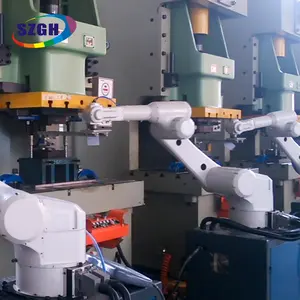
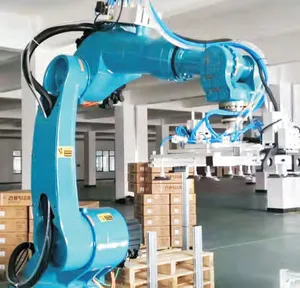







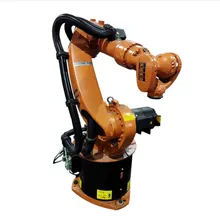







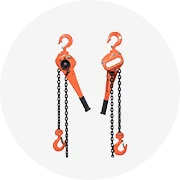
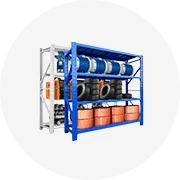
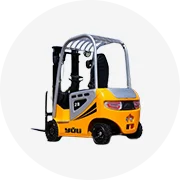








 浙公网安备 33010002000092号
浙公网安备 33010002000092号 浙B2-20120091-4
浙B2-20120091-4